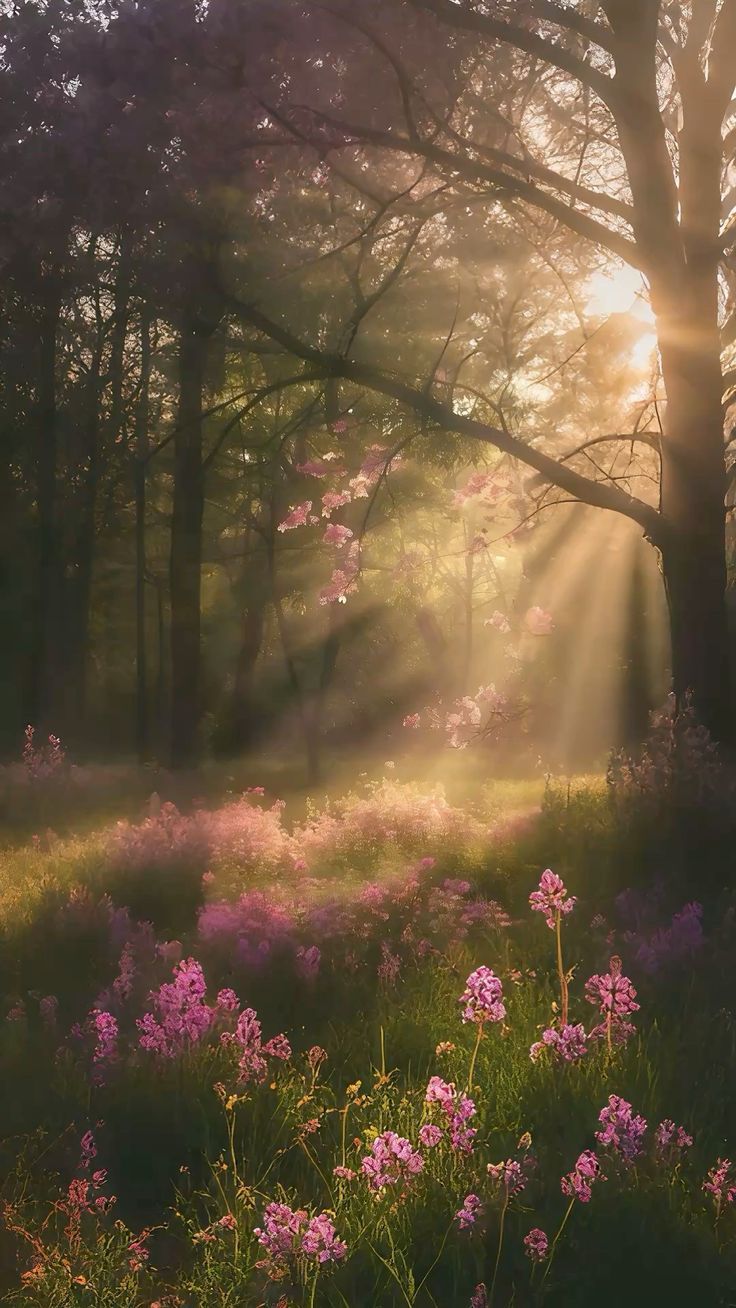The Archivists Blooming Word
Structure
The Archivists are structured like a great living library. Each temple, called a Sanctum Bloom, is tended by a Caretaker of Memory, who oversees preservation and transcription. Below them are Petalkeepers (scribes and artists), Loregardeners (oral historians and bards), and Whisperroots (wandering gatherers of lost knowledge). A Grand Scriptorium in a secret location serves as the central hub of lore.
Culture
The Archivists believe memory is sacred and that to record something is to preserve a fragment of divine intent. They are deeply reflective, reverent of all experiences, and value quiet contemplation, deep conversation, and artistic documentation. They cultivate not just texts, but living memories in plantlike reliquaries. Forgetting is feared; silence without remembrance is considered a waste of being.
Public Agenda
Their goal is to safeguard truth, record creation in all its forms, and preserve both beauty and pain. They seek to assist those in grief, help cultures remember their roots, and provide sanctuary to endangered knowledge. While politically neutral, they oppose the destruction or distortion of history.
History
- The First Bloom: Elyndra’s breath brings forth the Blooming Word, a living script that becomes the foundation of creation.
- The Fractured Tongue: Language is shattered by war, and the Archivists rise to restore it.
- The Garden of Echoes: A great sanctuary where the memories of dying peoples are recorded in living flowers.
- Current Era: The Archivists work across nations, often in secret, helping rebuild what has been lost.
Mythology & Lore
Major myths include The Word That Grew (how language sprouted from silence), The Quill and the Seed (a story of a scribe whose memories took root and blossomed), and The Scroll of Tears (Elyndra weeping memories into the earth). These myths teach that all memory is worth recording, even the painful.
Divine Origins
The church began with the first storytellers and recorders who felt a calling during dreams of blooming ink and talking leaves. They believe Elyndra inscribed the first truths into the world’s bones and that their task is to follow those grooves.
Cosmological Views
Reality is a tapestry of interwoven stories, constantly being written and rewritten. The universe blooms from memory and collapses into silence when forgotten. Words are seeds—some bear fruit, others thorns. The soul is a journal that survives death.
Tenets of Faith
- Memory is sacred.
- Nothing is too small to be remembered.
- Creation is an act of reverence.
- Preserve, do not erase.
- The truth must be tended like a garden.
Ethics
Lies, censorship, and the destruction of memory are grave sins. Honoring grief, telling stories truthfully, and bearing witness to others’ experiences are sacred acts. Falsehoods must be gently corrected, not punished. Knowledge is a responsibility, not a weapon.
Worship
Worship includes quiet storytelling, journaling, sculpting memory gardens, and transcription ceremonies. The Blooming Days are high holy periods aligned with spring and harvest, when new records are ritually planted in sacred soil. Offerings include recorded dreams, pressed flowers, and inks made from rare plants.
Priesthood
Priests are Caretakers, chosen by consensus for their wisdom and integrity. Their vestments grow over time—robes embroidered with thread that records their journey. Each carries a Bloomscript Quill, which writes the user’s spoken words into living bark or stone. They do not preach, but gently invite memory to surface.
Granted Divine Powers
Clerics of Elyndra may invoke:
- Seed of Truth (plants a memory in another’s mind)
- Memory Bloom (summons visual representations of past events)
- Grave of Silence (nullifies attempts to erase or distort information)
- Librarian’s Grasp (animates books, scrolls, or writing tools to protect knowledge)
- Ink of Remembrance (writes truths no one can unknow)
Remove these ads. Join the Worldbuilders Guild









Comments